Basic VHDL quiz – Part 4
Test your progress with this VHDL quiz after completing part 4 of the Basic VHDL Tutorial series!

Test your progress with this VHDL quiz after completing part 4 of the Basic VHDL Tutorial series!
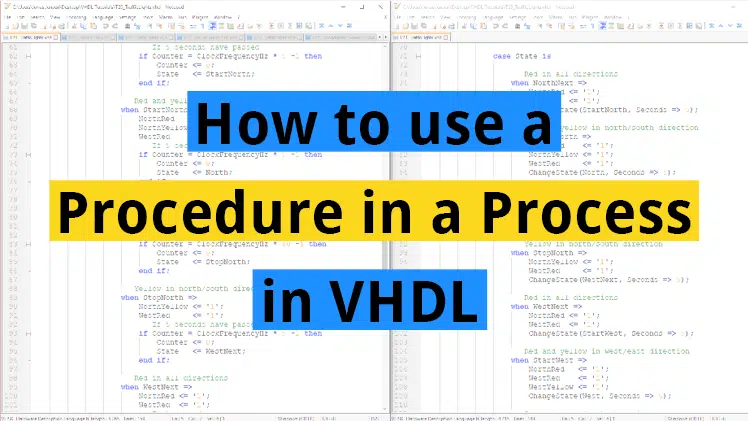
It is possible to drive external signals from a procedure. As long as the signal is within the scope of the procedure, it can be accessed for reading or writing, even if it isn’t listed in the parameter list. Procedures that are declared in the declarative region of the architecture, cannot drive any external signals….

An impure function can read or write any signal within its scope, also those that are not on the parameter list. We say that the function has side effects. What we mean by “side effects” is that it is not guaranteed that the function will return the same value every time it is called with…
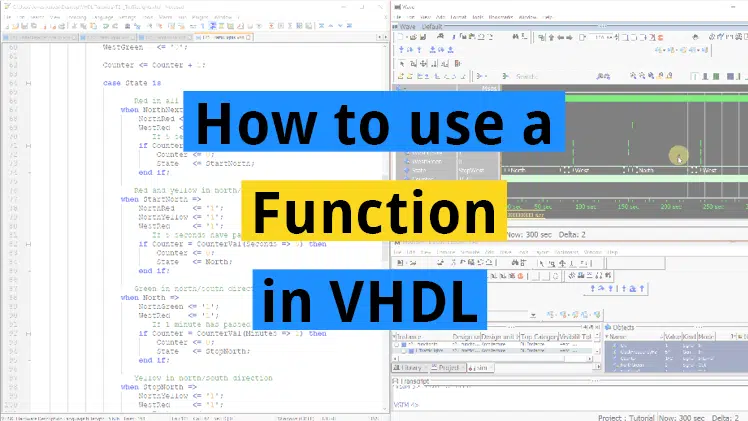
Functions are subprograms in VHDL which can be used for implementing frequently used algorithms. A function takes zero or more input values, and it always returns a value. In addition to the return value, what sets a function apart from a procedure, is that it cannot contain Wait-statements. This means that functions always consume zero…
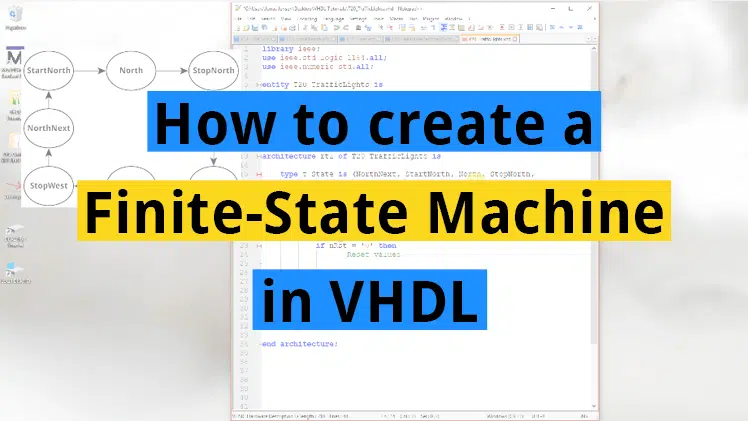
A finite-state machine (FSM) is a mechanism whose output is dependent not only on the current state of the input, but also on past input and output values. Whenever you need to create some sort of time-dependent algorithm in VHDL, or if you are faced with the problem of implementing a computer program in an…
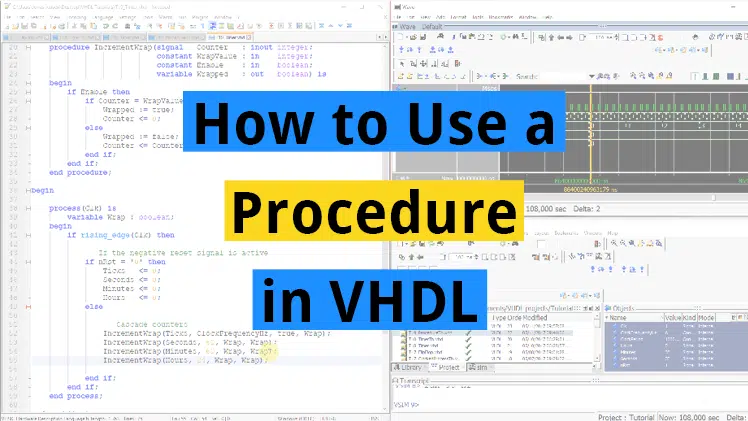
A procedure is a type of subprogram in VHDL which can help us avoid repeating code. Sometimes the need arises to perform identical operations several places throughout the design. While creating a module might be overkill for minor operations, a procedure is often what you want. Procedures can be declared within any declarative region. The…

In earlier tutorials we have used the wait for statement to delay time in simulation. But what about production modules? The wait for statement cannot be used for that. That only works in simulation because we can’t just tell the electrons in a circuit to pause for a given time. So how can we keep…
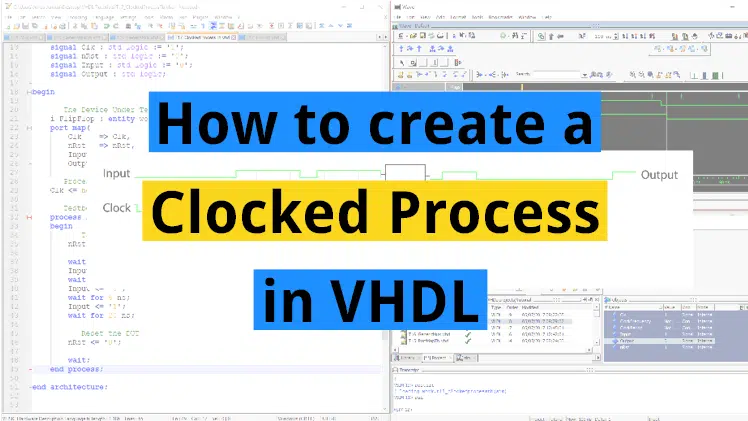
The vast majority of VHDL designs uses clocked logic, also known as synchronous logic or sequential logic. A clocked process is triggered only by a master clock signal, not when any of the other input signals change. The basic building block of clocked logic is a component called the flip-flop. There are different variants of…
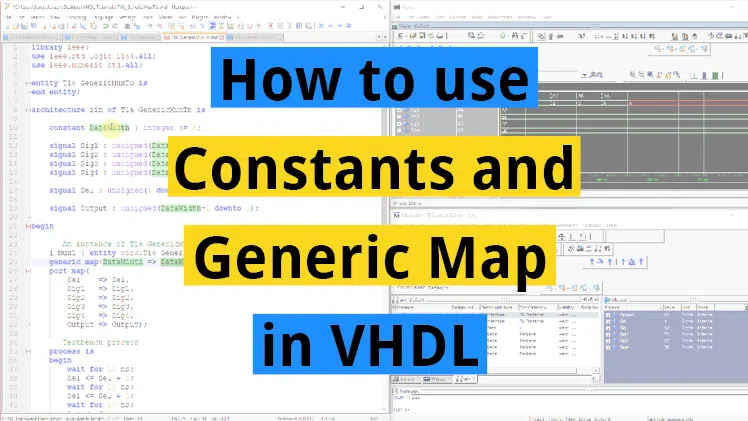
Creating modules is a great way to reuse code, but often you need the same module with smaller variations throughout your design. This is what generics and the generic map are for. It allows you to make certain parts of the module configurable at compile-time. Constants are used when we want to avoid typing the…
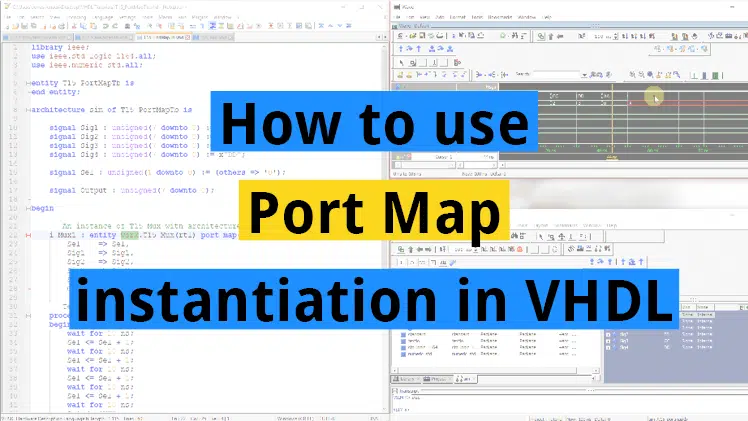
A module is a self-contained unit of VHDL code. Modules communicate with the outside world through the entity. Port map is the part of the module instantiation where you declare which local signals the module’s inputs and outputs shall be connected to. In previous tutorials in this series we have been writing all our code…
End of content
End of content